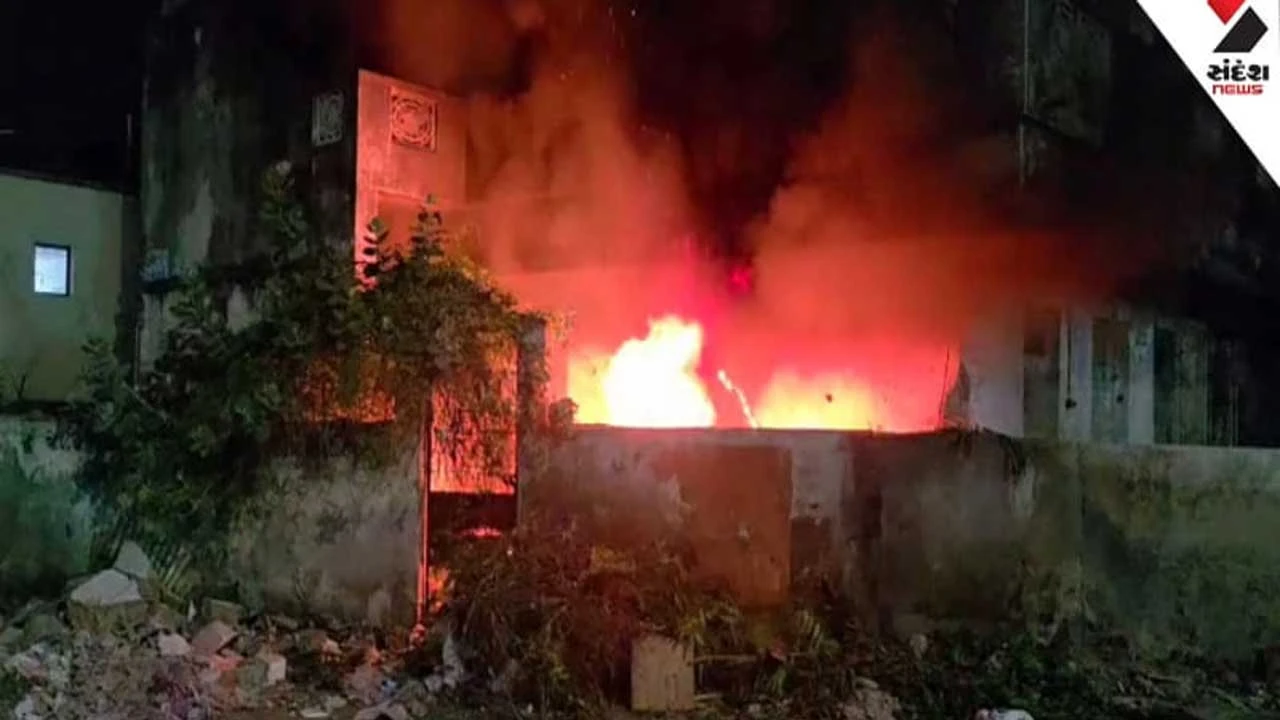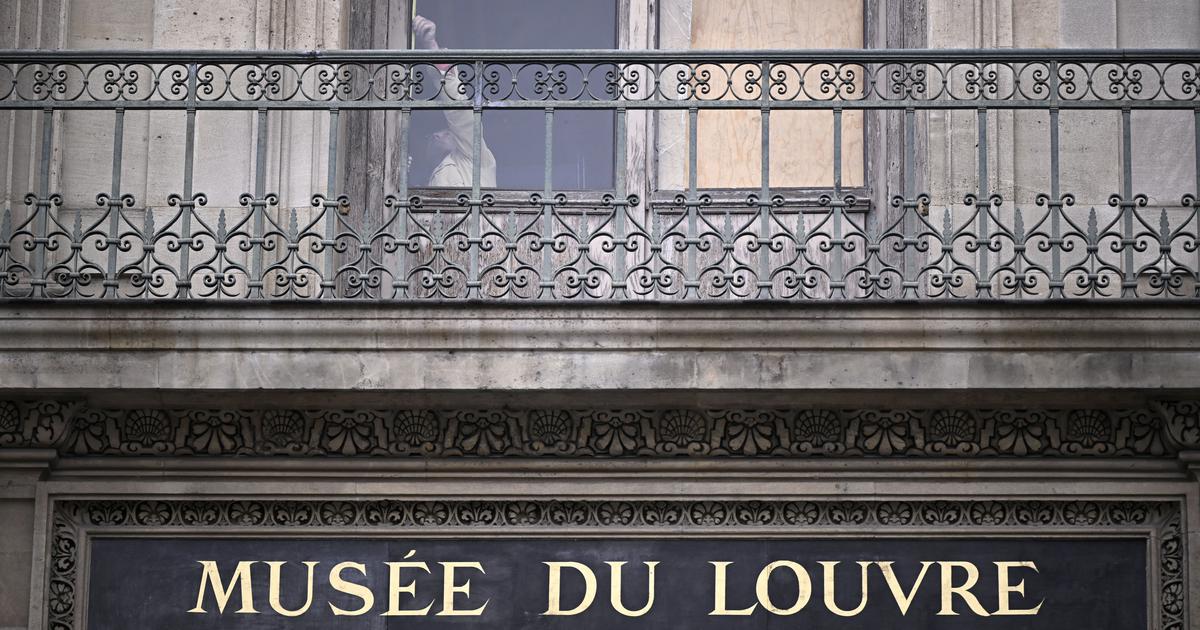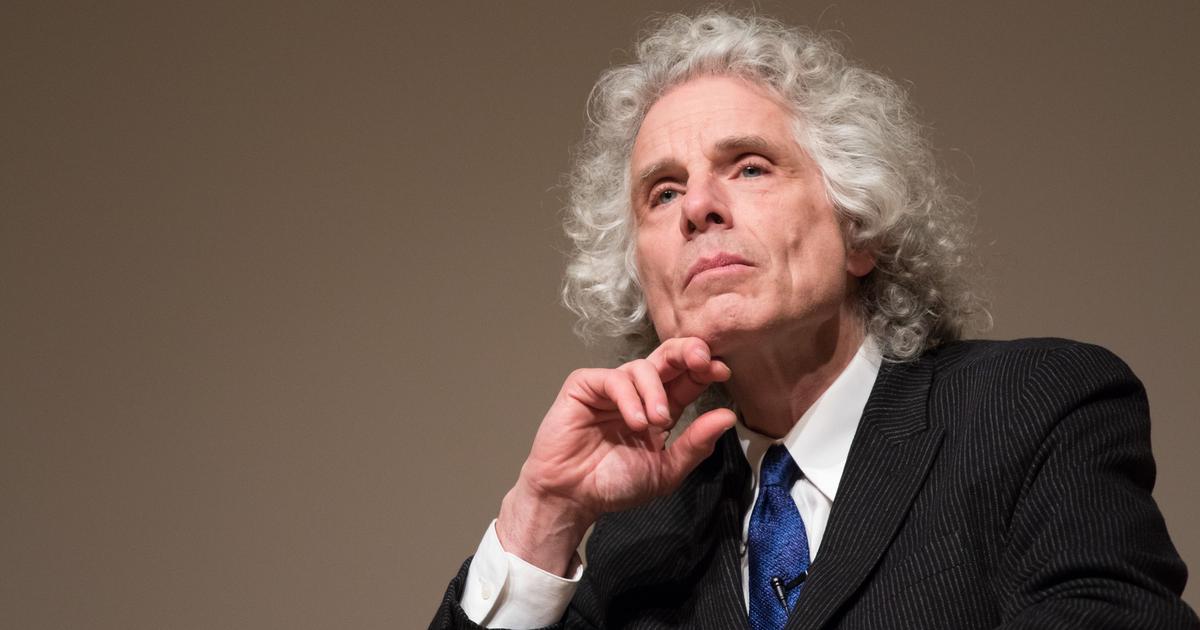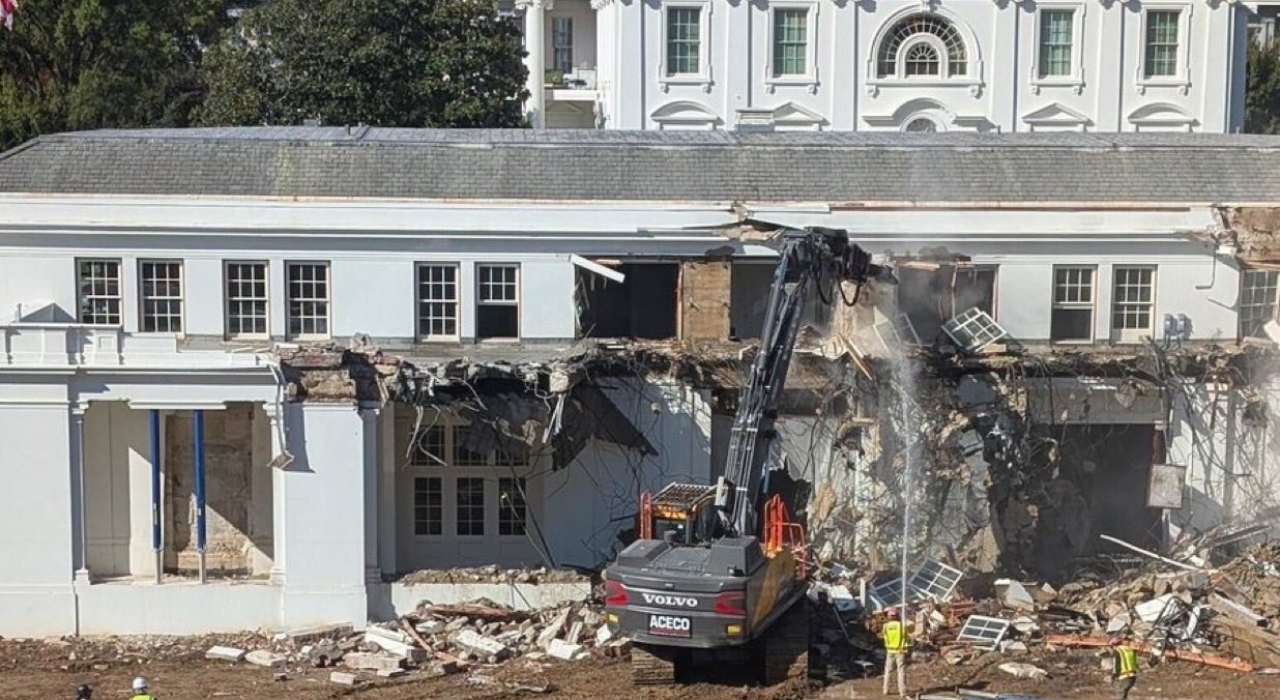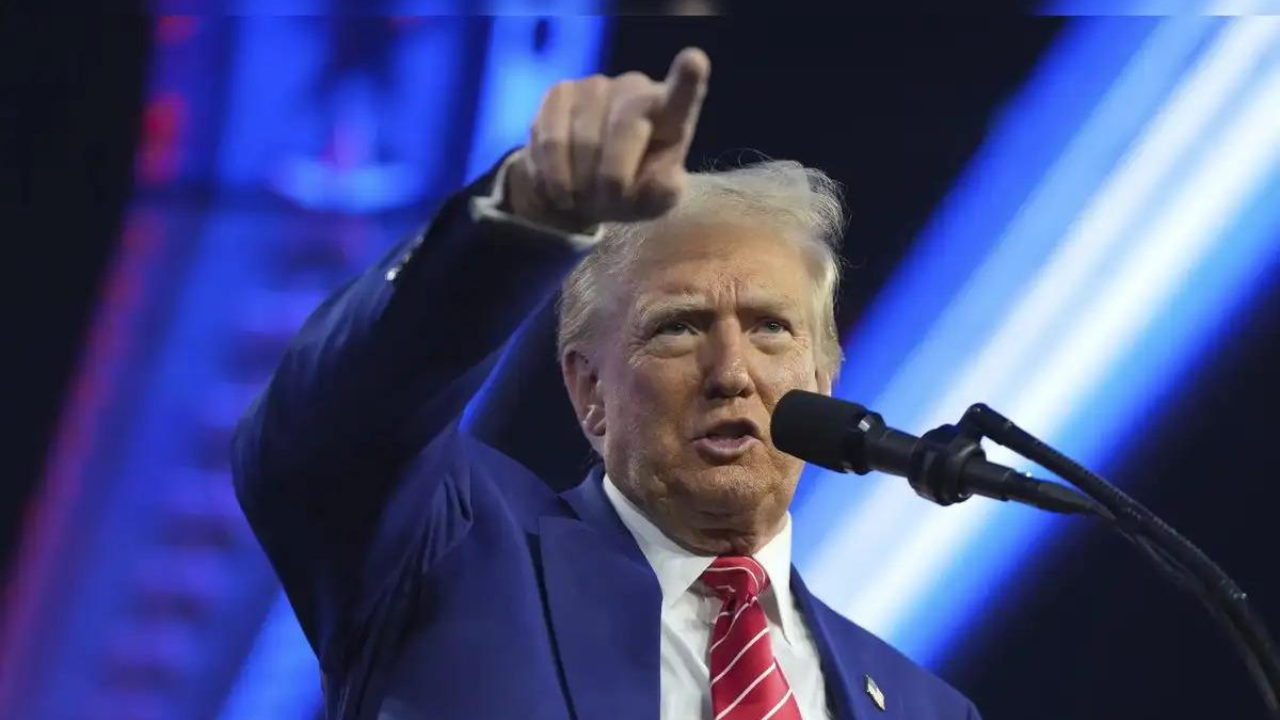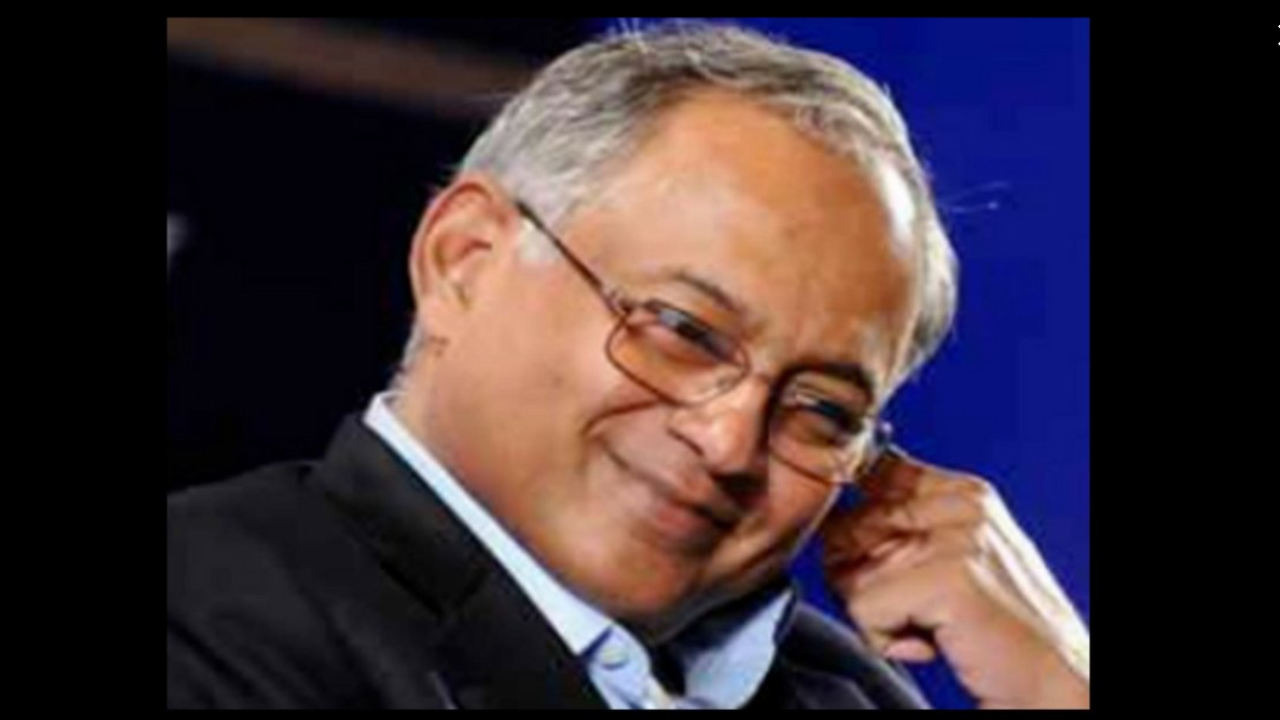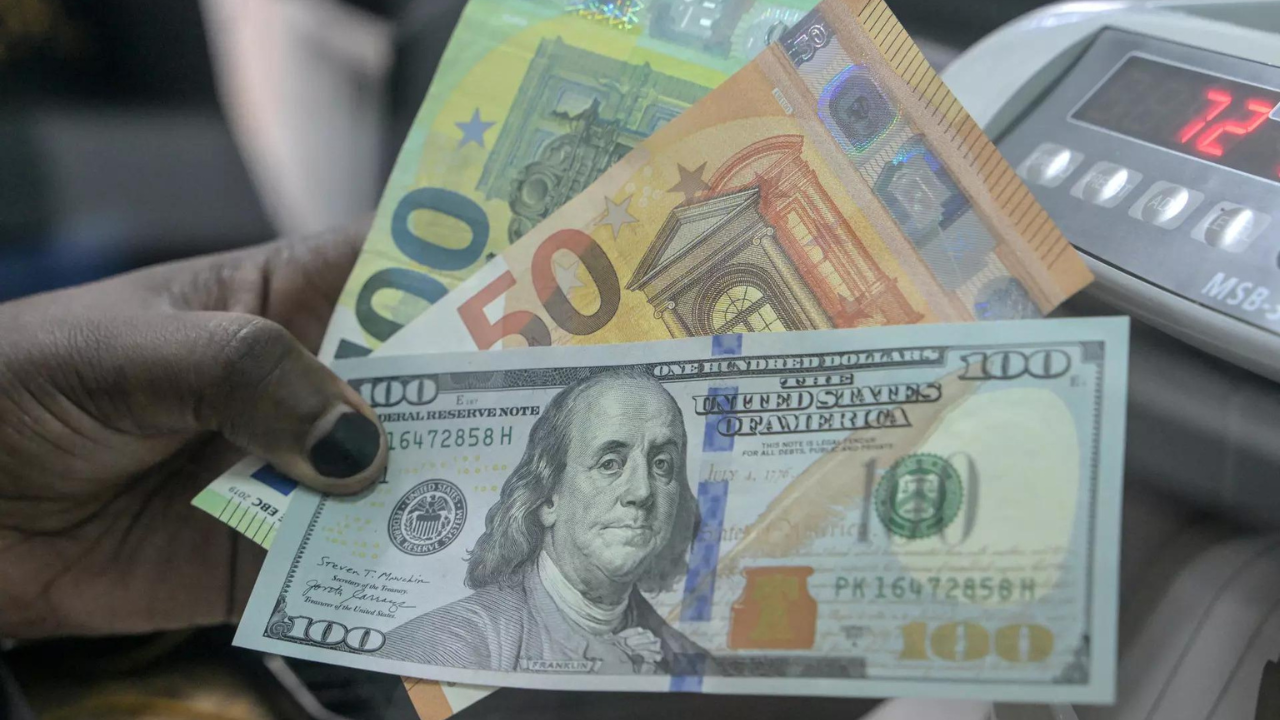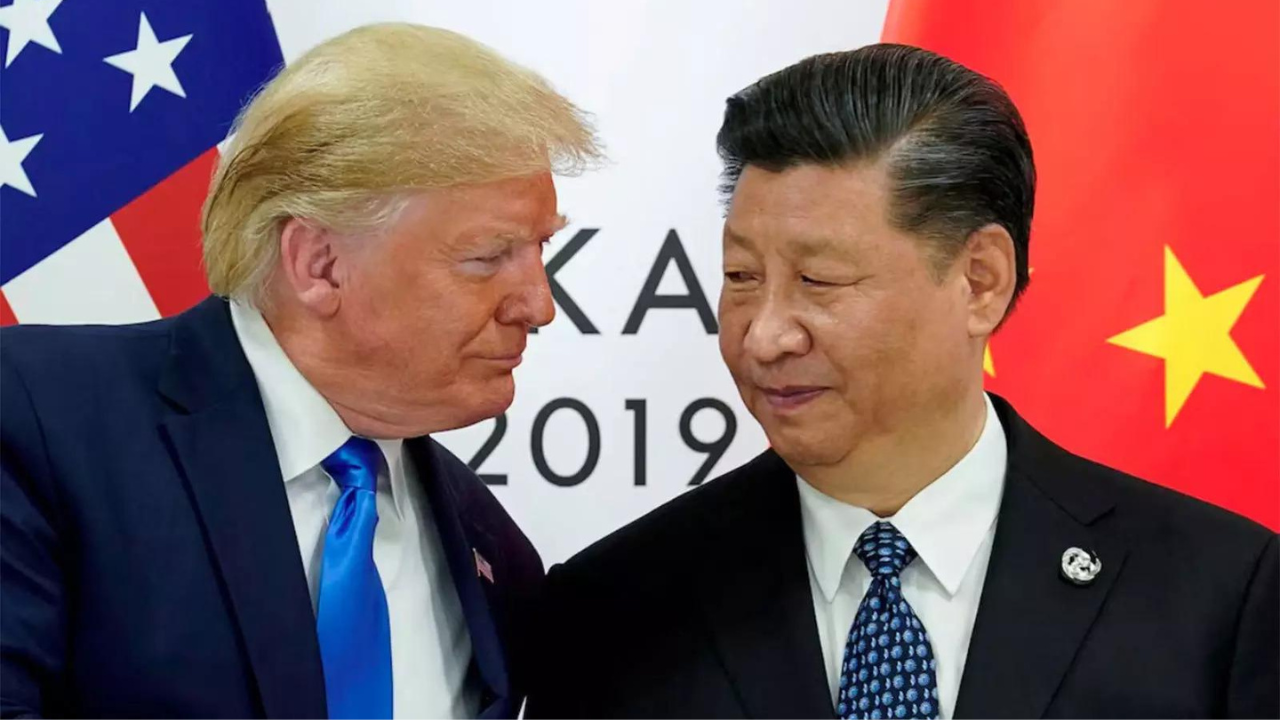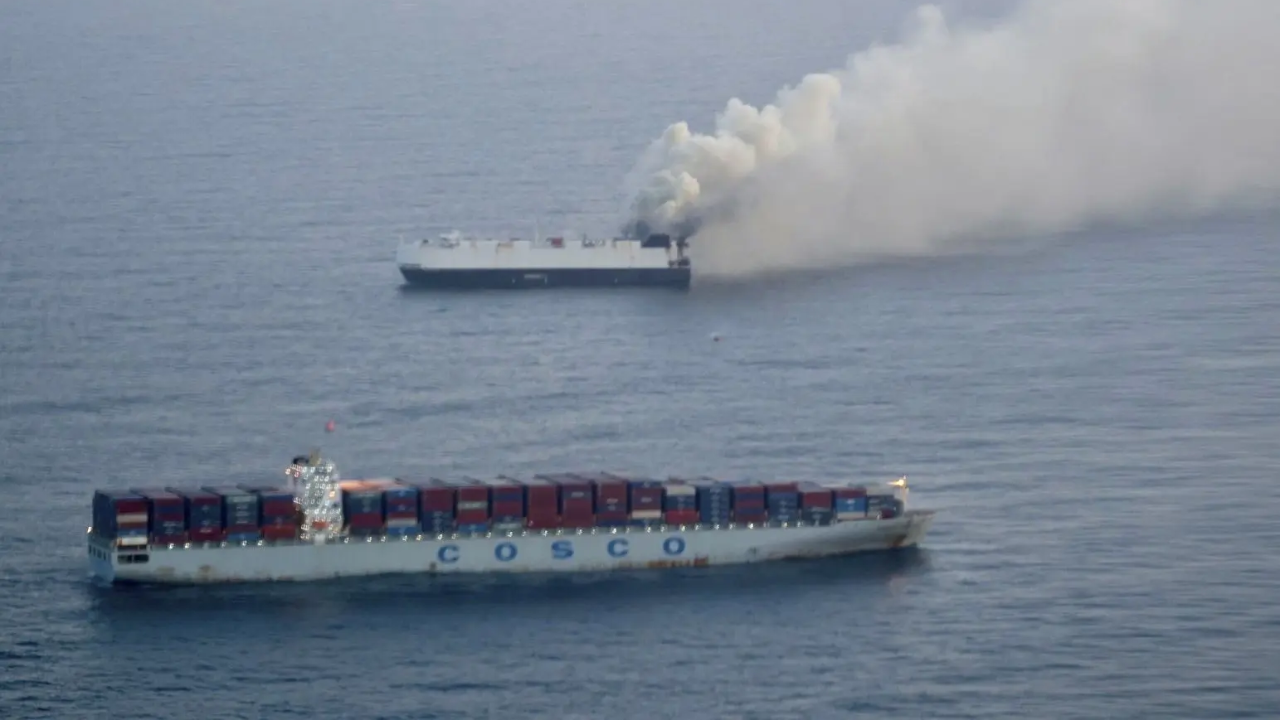Make Italy great again: Mussolini’s rise and fall shows how democracy dies by a thousand cuts
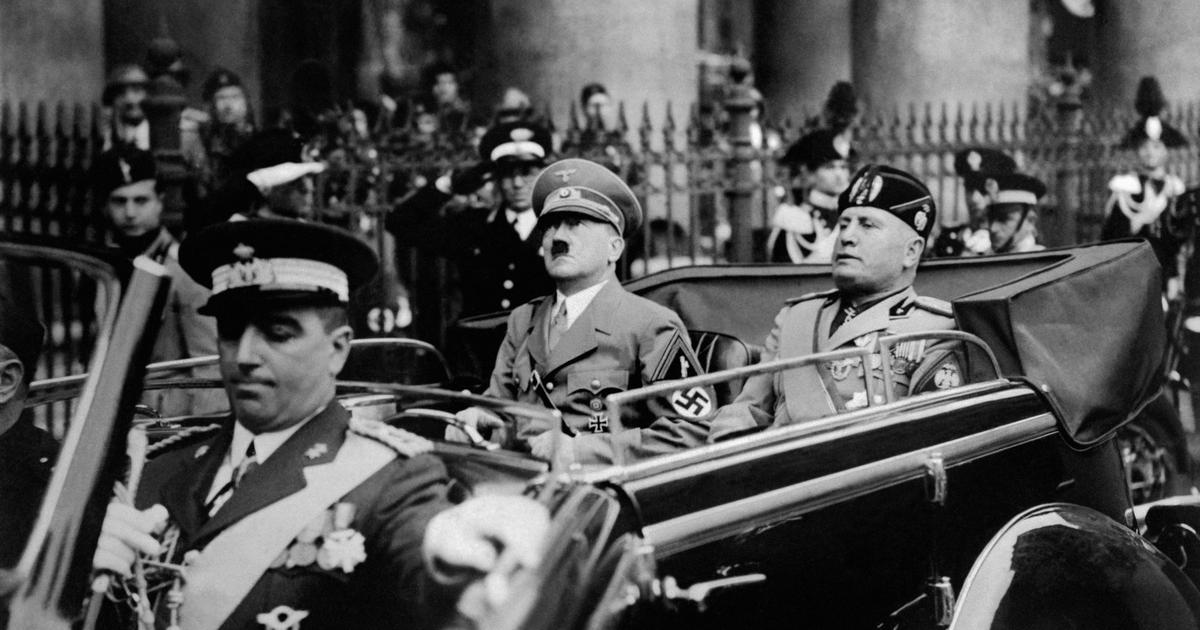
Join our WhatsApp Community to receive travel deals, free stays, and special offers!
- Join Now -
Join our WhatsApp Community to receive travel deals, free stays, and special offers!
- Join Now -

This Monday marks 80 years since Italian dictator Benito Mussolini was killed in an Italian village towards the end of the Second World War in 1945. The following day, his body was publicly desecrated in Milan.
Given the scale of Adolf Hitler’s atrocities, our image of fascism today has largely been shaped by Nazism. Yet, Mussolini preceded Hitler. Il Duce, as Mussolini was known, was Hitler’s inspiration.
Today, as commentators, bloggers and scholars are debating whether the governments of US President Donald Trump, Hungarian Prime Minister Viktor Orban and Russian President Vladimir Putin are “fascist”, we can learn from Il Duce’s career about how democracies fail and dictators consolidate autocratic rule.
The early years
The term “fascist” itself originated around the time of Mussolini’s founding in 1914 of the Fasci d'Azione Rivoluzionaria, a militaristic group promoting Italy’s entry into the First World War.
Mussolini had been raised in a leftist family. Before WWI, he edited and wrote for socialist newspapers. Yet, from early on, the young rebel was also attracted to radically anti-democratic thinkers like Friedrich Nietzsche, George Sorel, and Wilfred Pareto.
When WWI broke out, Mussolini broke from the socialists, who opposed Italy’s involvement in the conflict. Like Hitler, he fought in the war. Mussolini considered his front-line experience as formative for his future ideas around fascism. His war experience led him to imagine making Italy great again – an...
Read more
What's Your Reaction?
 Like
0
Like
0
 Dislike
0
Dislike
0
 Love
0
Love
0
 Funny
0
Funny
0
 Angry
0
Angry
0
 Sad
0
Sad
0
 Wow
0
Wow
0



